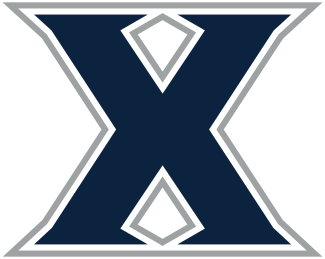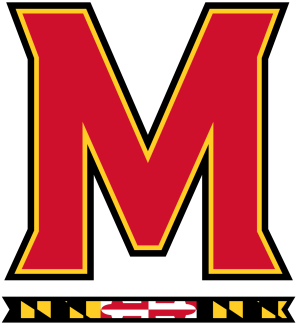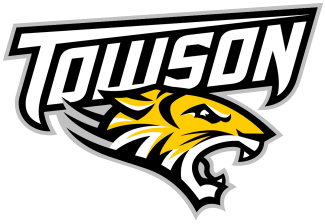The following article appeared in the November print edition of US Lacrosse Magazine. Join US Lacrosse today and get the magazine delivered right to your mailbox while helping to support the development of the sport.
In January, I devoted this column to what I consider the biggest milestone in the history of lacrosse — recognition of the sport’s international federation by the International Olympic Committee (IOC).
Since that time, the Federation of International Lacrosse announced a new name (World Lacrosse), logo and brand platform to better position the organization and the sport for continued growth.
The last two years have been a blur for World Lacrosse. In 2017, for the first time in its history, the organization was able to secure initial philanthropic support required to expand its capabilities to lead and serve the sport’s global development, as well as pursue its long-held strategic goal — a return of the sport to the Olympic Games.
Former USOPC CEO Jim Scherr was hired as the first World Lacrosse CEO that year, which coincided with the sport’s first inclusion in the multi-sport World Games in Wroclaw, Poland. A four-year strategic plan was evolved and approved by the World Lacrosse membership in 2018, and the organization’s vision was further clarified and embraced “…that lacrosse is recognized and played by all countries worldwide and is an Olympic sport.”
One of the more controversial strategies in that regard — the addition of new small-sided lacrosse disciplines — was unanimously approved by the World Lacrosse membership at its annual general assembly in August. You see, the IOC cannot add team sports with large squad sizes to the Olympic program, because the total number of athletes at Olympic Games has been capped to contain costs.
So sports are developing smaller-sided disciplines in addition to their traditional field disciplines to better fit IOC requirements, which is why 3v3 basketball and rugby 7s are now part of the Olympic program.
I was asked by World Lacrosse to lead a working group to advance a similar initiative, and I’m excited by the challenge of balancing the need for innovation to achieve Olympic inclusion with the importance of maintaining the integrity of our sport. The small-sided version of lacrosse under development will not replace international field lacrosse competition. Numerous trials will be staged throughout the world, with opportunities for feedback. More complete rule sets should be developed by the end of the year.
Of course, change often elicits a passionate response. However, the opportunity to showcase lacrosse, which has evolved significantly since Native Americans first played, is the opportunity of a lifetime. What would happen if our sport was exposed to over 3.5 billion people — about half of the world’s population — which was the projected audience for the 2016 Summer Games in Rio?
And while we often focus on our own collective experience as player, coach or official, the most powerful case for Olympic inclusion comes from the next generation. Is there a 10-year-old in the sport whose eyes would not brighten at the thought of watching, or potentially playing, lacrosse in the Olympic Games?
Steve Stenersen is the CEO of US Lacrosse.


























































